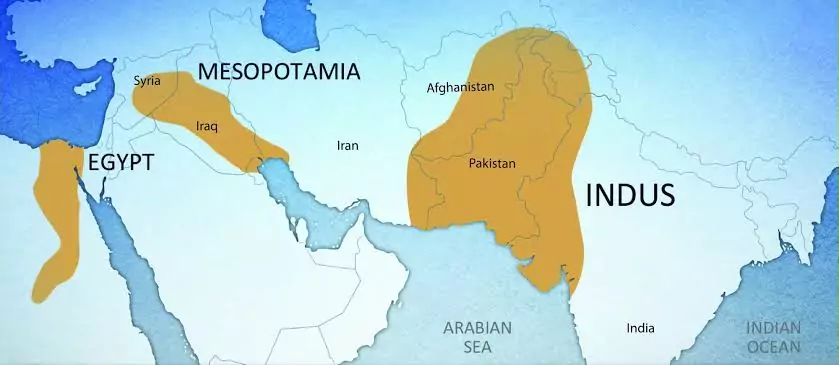Lothal Dockyard
IIT Gandhinagar researchers have uncovered new evidence supporting the existence of a dockyard at Lothal.
Lothal is one of the most important Harappan sites in India, located 80 km southwest of Ahmedabad, Gujarat .
- The Anthropological Survey of India (ASI) has consistently supported the dockyard thesis , while some scholars have questioned it.
Discovery and Significance of Lothal
- Lothal was discovered in 1954 and excavated between 1955-1962 by S.R. Rao , one of India’s most prominent archaeologists.
- The name "Lothal" translates to "place of the dead" in Gujarati, as locals were aware of the ancient settlement before its official excavation.
- It was among the southernmost Harappan sites and played a crucial role in maritime trade.
Evidence of a Dockyard
- S.R. Rao identified a 215m x 37m brick structure as a dockyard for ships, with an inlet to allow two ships to enter simultaneously .
- Other supporting evidence includes:
- Seals used for marking trade packages.
- Warehouses for storing goods.
- Stone anchors , suggesting a maritime connection.
- Lothal was part of an extensive trade network that connected the Harappan civilization to Mesopotamia (modern-day Iraq) .
Counterarguments to the Dockyard Theory
- Lawrence S. Leshnik (1968) argued that:
- The dock was too shallow for large ships.
- The 90-degree inlet turn was impractical for docking.
- The structure was more likely a reservoir for drinking water and irrigation.

Recent IIT-Gandhinagar Study (2024)
- Satellite imagery revealed that the Sabarmati River once flowed closer to Lothal , validating ASI’s belief.
- This supports the idea that Lothal was a thriving port , connecting trade routes across India and Mesopotamia .
Lothal’s Rise and Fall
- Peak population (2400-1900 BCE): Lothal may have housed 15,000 people .
-
Destruction by floods:
- Circa 2000 BCE: A catastrophic flood submerged Lothal, leveling its acropolis.
- Circa 1900 BCE: A second flood permanently destroyed the settlement.













